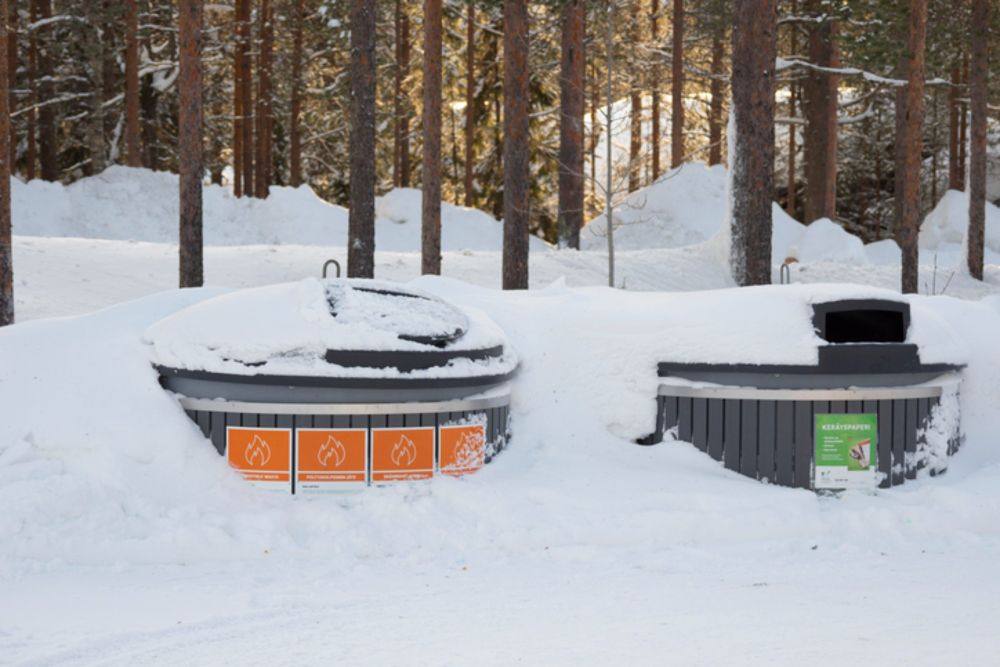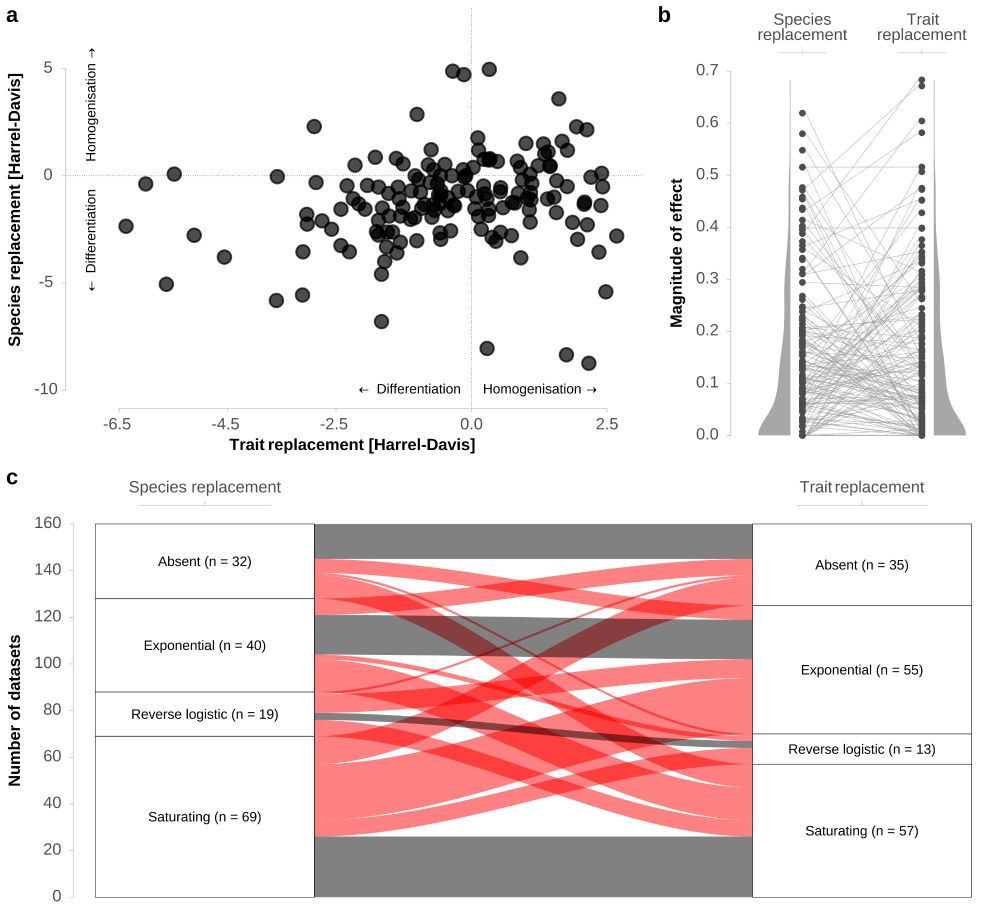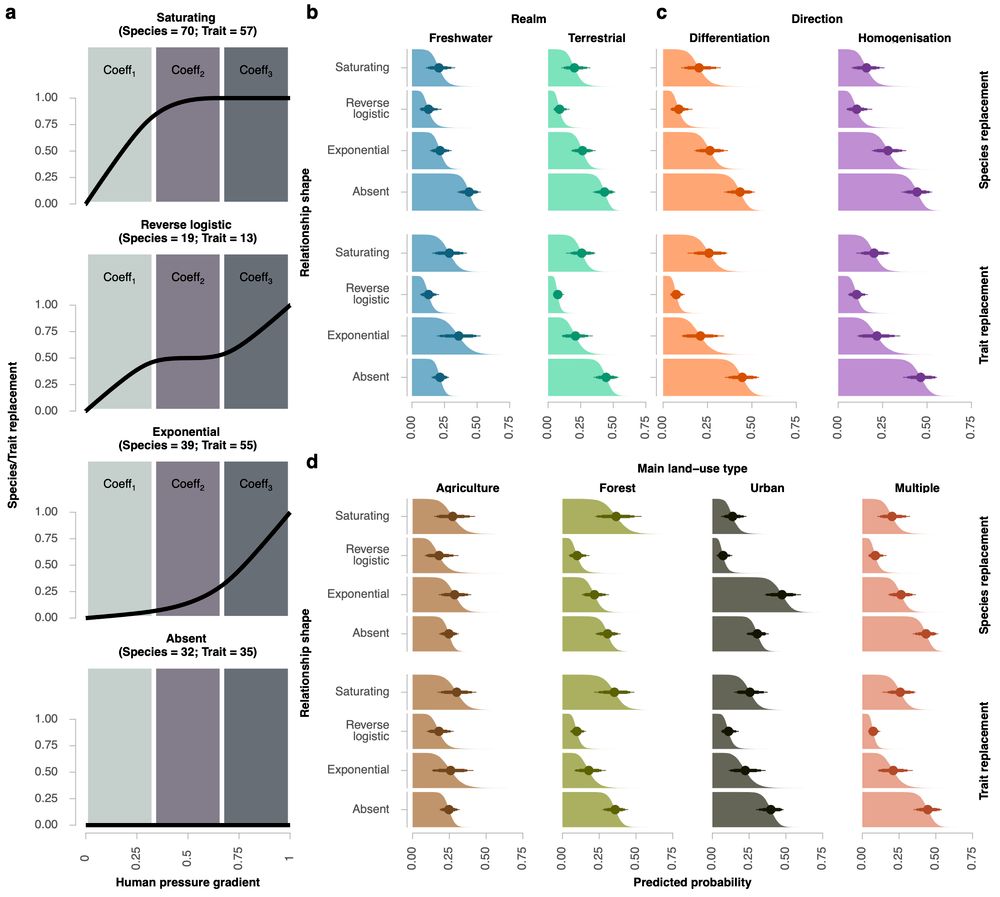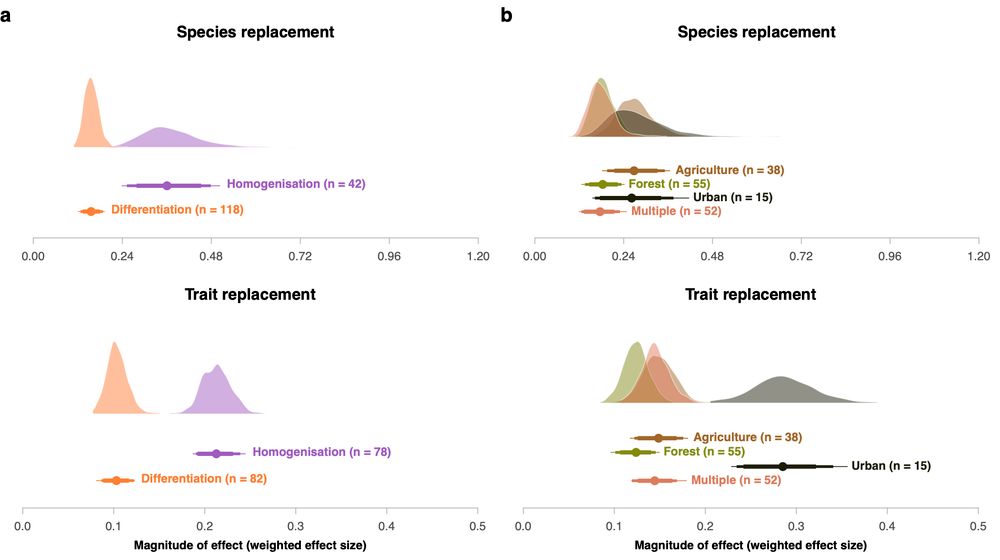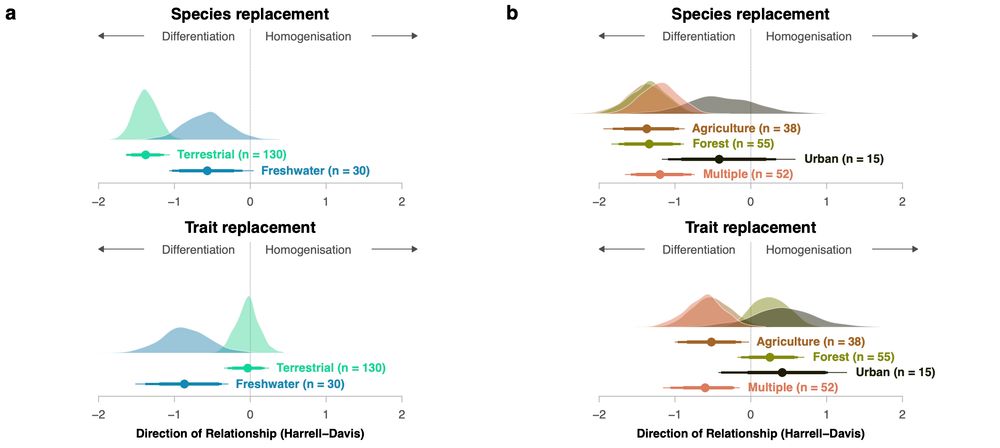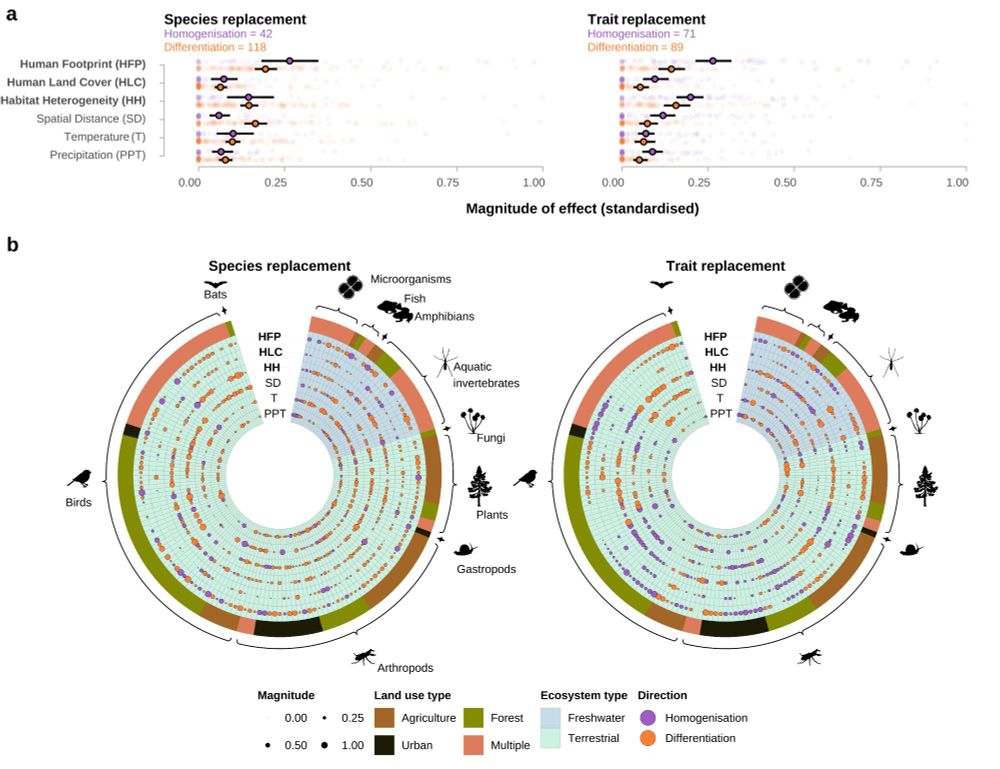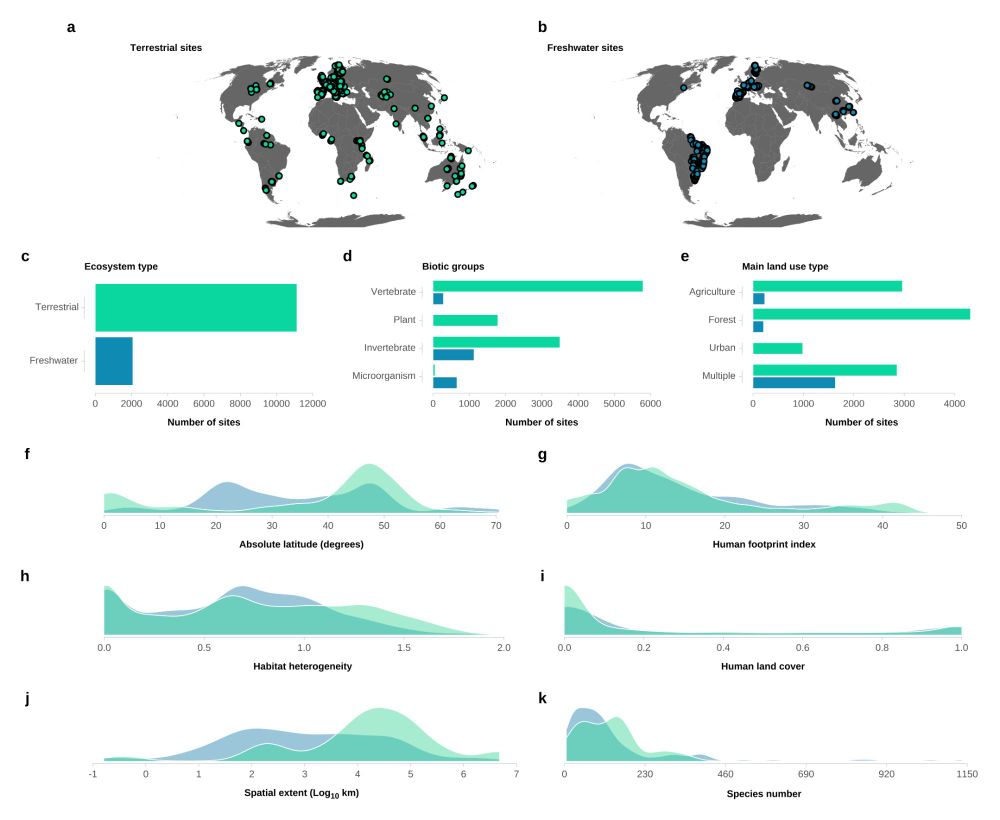Caio Graco-Roza
@gracoroza.bsky.social
1K followers
550 following
21 posts
I am an ecologist starting a research group at the Lammi Biological Station (University of Helsinki). In my free time, I enjoy playing music and going to the gym. I have 🐈 🐈⬛ and I’m proudly Brazilian—wholeheartedly!
Posts
Media
Videos
Starter Packs
Caio Graco-Roza
@gracoroza.bsky.social
· Dec 23
Caio Graco-Roza
@gracoroza.bsky.social
· Dec 11
